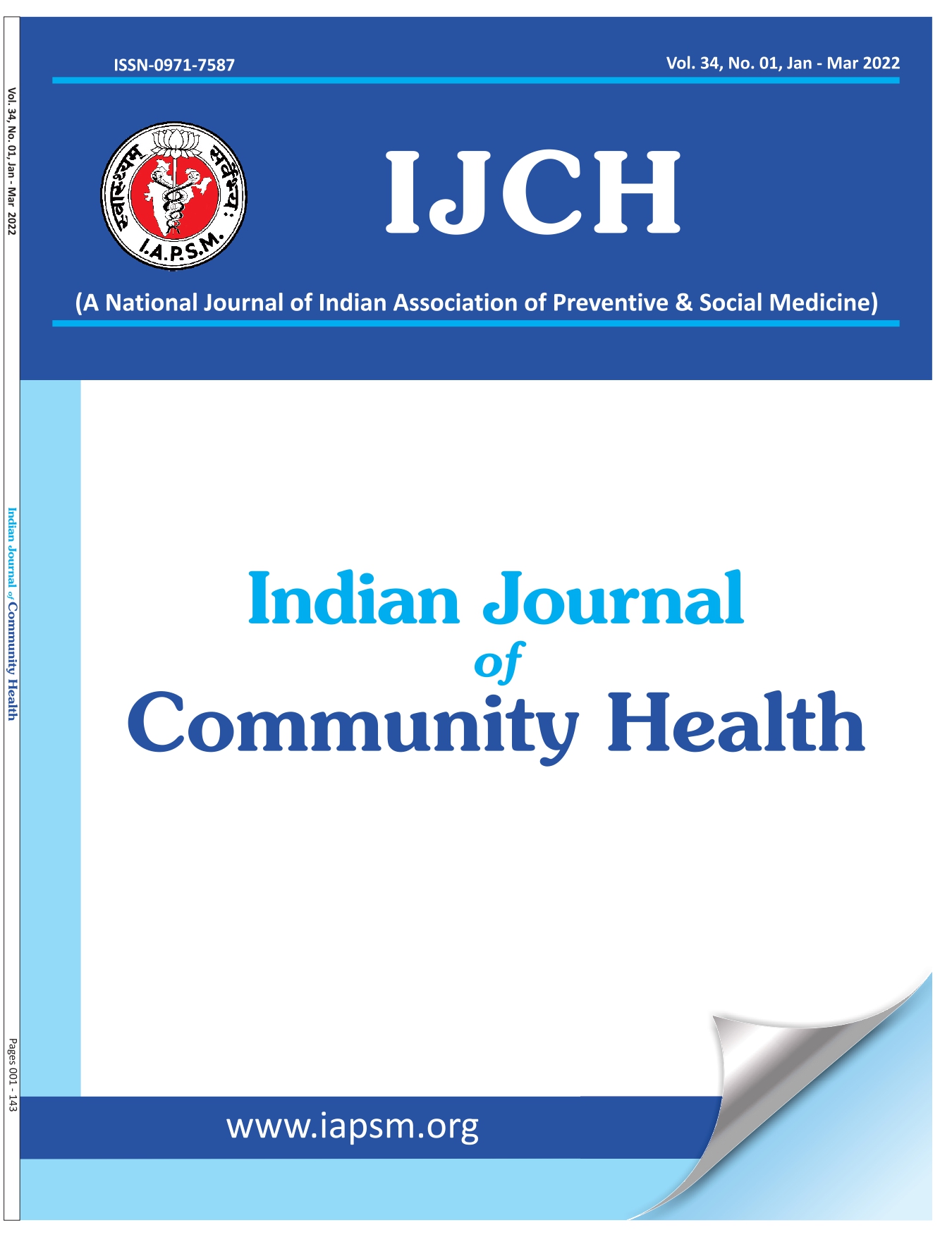Knowledge, Attitude and Practice Assessment in Health Workers regarding Rabies Disease and its Prevention in district Dehradun of Uttarakhand
Abstract
Introduction: Rabies is a deadly disease in which first aid and immuno-prophylaxis after animal bite play a vital role in prevention. Animal bites are usually more prevalent in rural areas and the first aid is sought most commonly from health workers in rural areas. The same is the case in Uttarakhand due to vast expanse of forests and rural area. In the present study, the knowledge, attitude and practices regarding prevention of this disease among a special group of people, i.e. health workers were assessed. Material and Methods: District Dehradun was selected as study area and all the health workers in the district (162 health workers, males and females both) were enumerated and interviewed. The data were collected by administering semi structured questionnaire to them. The knowledge was assessed by evolving a scoring system. Practices and attitudes were assessed based on their past experiences and their present willingness for proper management of a case of animal bite. Results & Conclusion: Most of the study participants (59.9%) obtained a medium score (10-17) in knowledge regarding disease and its prevention. All of the participants had heard of the disease and knew about mode of spread. Most of the participants (83.3%) lack knowledge about anti-rabies immunoglobulin and pre-exposure prophylaxis (80.2%). Most of the participants (81.4%) had attitude scores in satisfactory range (2-3). Sixty percent had practice scores in low range (0-2).Though the knowledge regarding pet vaccination and full course of human vaccination was lacking in some, but the willingness to encourage pet owners to vaccinate their pets and encourage bite victims to get full course of vaccine was 100%. There is a need for sensitization of health workers so that their knowledge can be enhanced and their positive attitude (100% willingness) can be translated into proper practices for prevention and control of Rabies.





